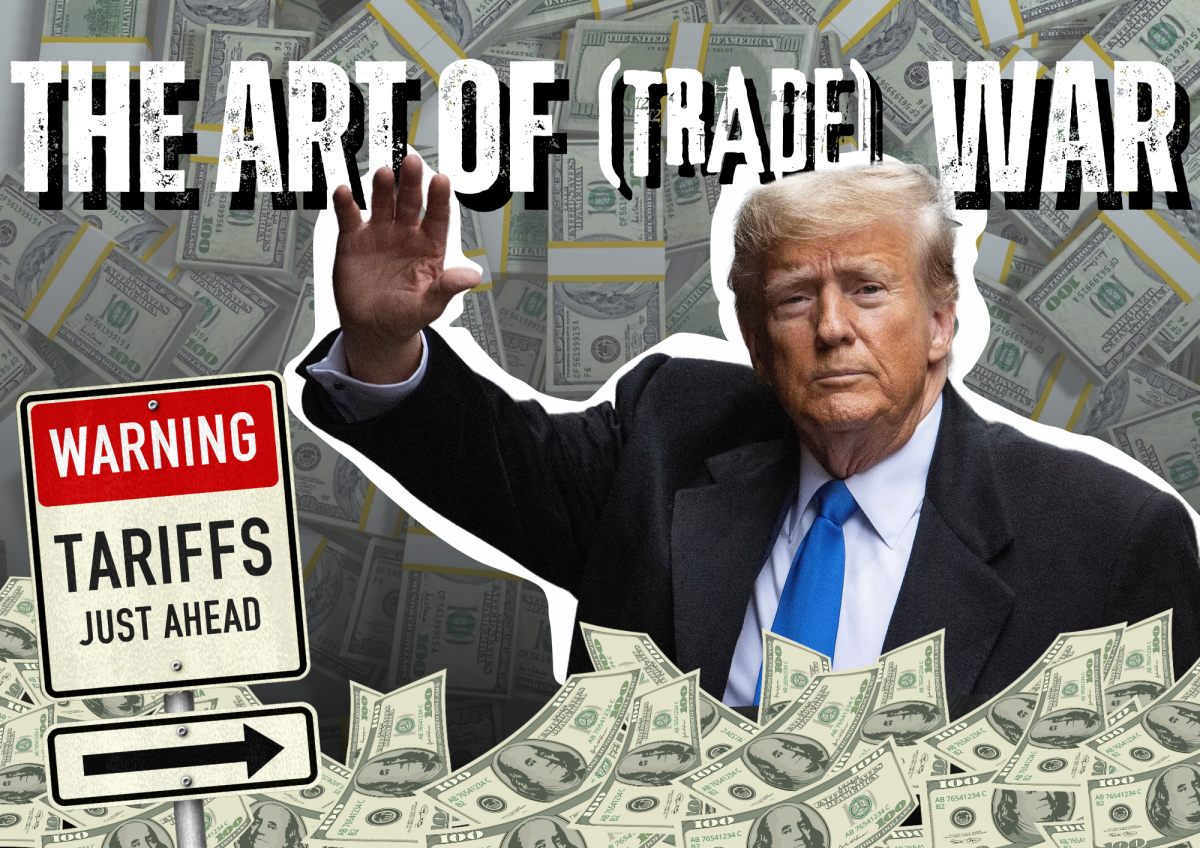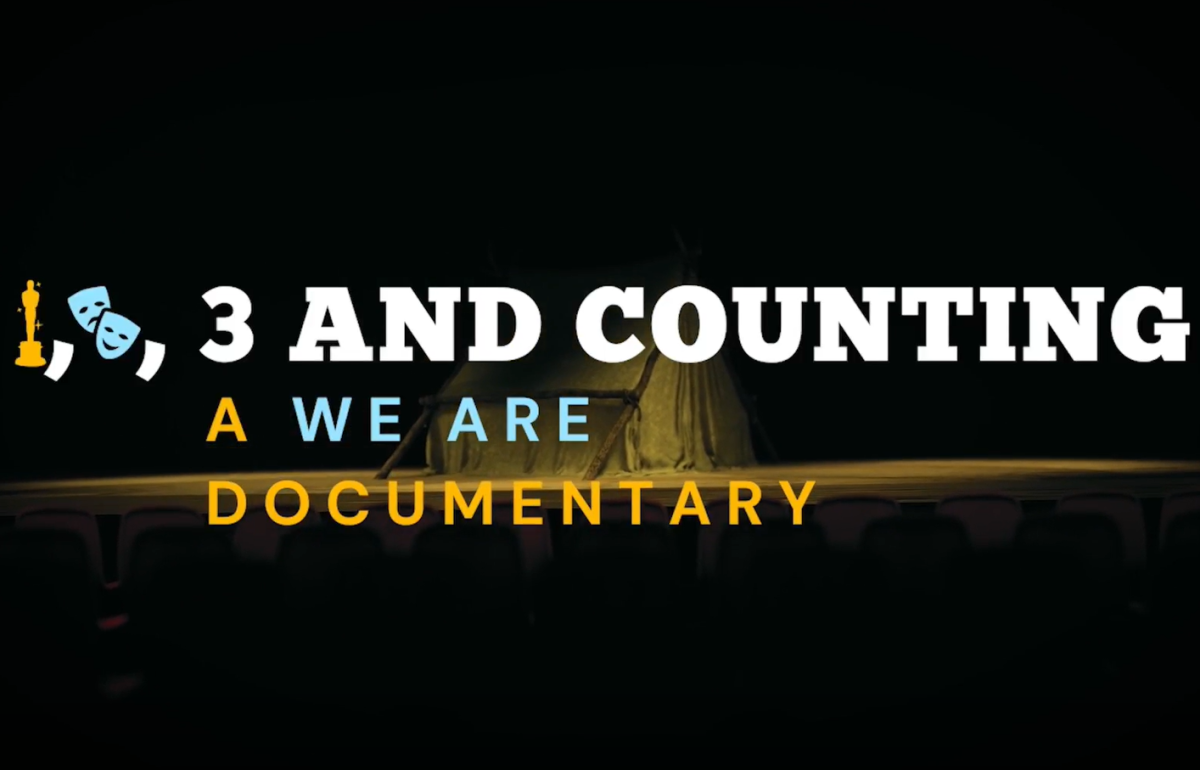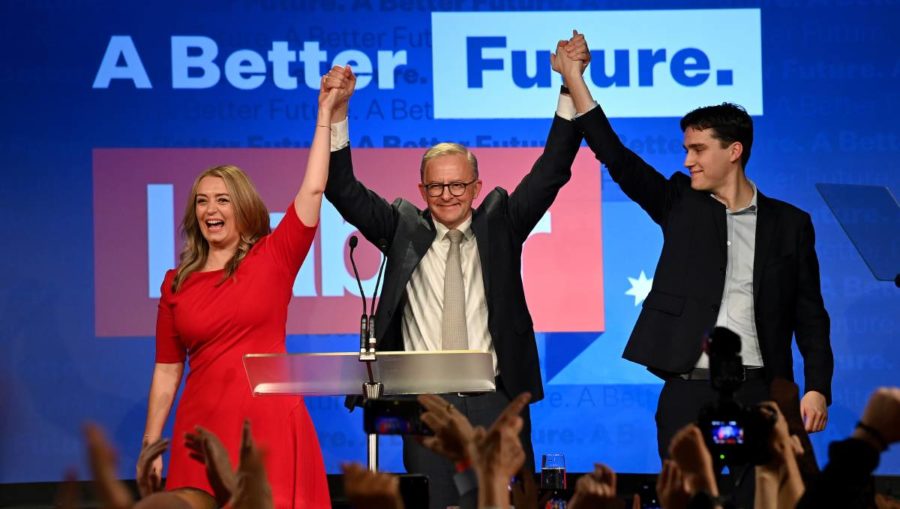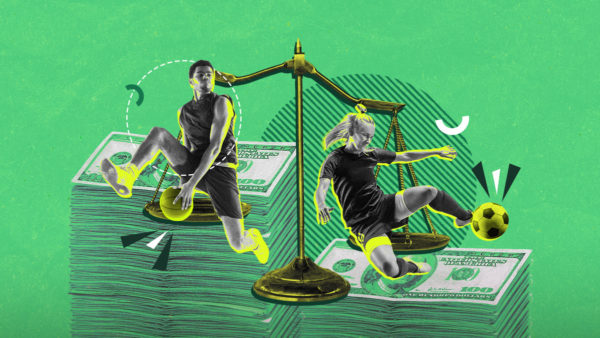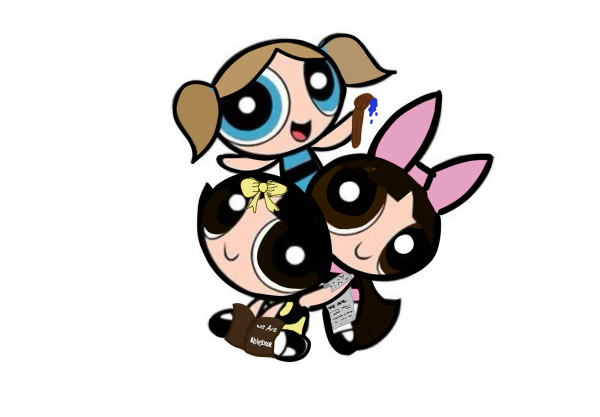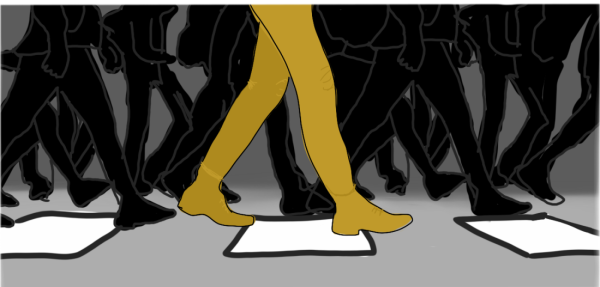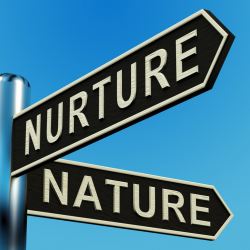The Federal Election 2022 – A Change in the Ways
June 1, 2022
“I begin by acknowledging the traditional owners of the land which we meet upon today”. This familiar acknowledgment of country was spoken by a rather unfamiliar Anthony Albanese, as he was voted as the 31st Prime Minister of Australia.
On the 21st of May 2022, every Australian over the age of 18 had to cast a vote for their preferred candidate that would represent them and their electorate in Parliament as well as getting a democracy sausage (there’s a strong debate on which of the two is more important – see here).
How does the election work in Australia?
I won’t bore everyone with the details of how the election works in Australia, but if you would like to know here is a brilliant summary.
The Election Begins.
Upon announcing the election to be held on the 21st of May, Scott Morrison began a 6 weeklong running race between himself and Anthony Albanese, the leader of the Labor Party. The race was filled with many stops along the way. From Perth to Townsville, both leaders were scrambling across the country, to get the liking of voters. There were footballs kicked, kids tackled, forgetting of unemployment rates, and a car crash involving Scott Morrison’s security detail. Both men had the same objective: 76 seats (in order to form a government).
Then came the advertisements. Every party trying to create catchy ads to get voters on their side. The messages were clear; ‘There’s a hole in your (Labor’s) budget’ and ‘what’s Scott Morrison got to hide?’ There are mixed feelings about the different ways parties presented themselves. There’s a hole in your budget was a key highlight amongst many. Some called it ‘a banger,’ as they sang it loud and proud into voting booths, whilst others got sick of the catchy lyrics and pettiness pretty quickly.
Many unofficial ways of predicting who would win the election came out, ranging from civilised polling online by news stations, to unorthodox ways such as an amusing crocodile predicting a Labor win as it hunts down a piece of meat with Albanese’s face on it (I mean, the crocodile did choose the right one…). Many began betting on the election, placing money on who they thought would win the election, turning democracy into a Sunday Footy game…
6 weeks felt like 6 days.
And suddenly, it was 6pm Australian Eastern Standard Time. The first voting booths were closed, and the counting of every single vote began. It was the work of volunteers and staff from the Australian Electoral Commission who not only had to help run all the polling booths in Australia, but also counted all the votes up. News Agencies, such as 7news, ABC News and 9 News began their election coverage with Political Experts analysing the numbers the moment they come in.
Slowly, but surely, experts began predicting which party would take each electorate and the number of seats the two main parties (Labor and Liberal) won slowly crept up to 76. At 7pm, the ABC predicted that Liberal had successfully won 5 seats with all other parties with no seats. However, Liberals lead would shortly come to an end. At 8:30pm AEST, the ABC announced that the Liberal party, which had been in Government, for 9 years would not be able to win Government again, given that Liberals only had 46 seats and Labor had 62 seats. Although clearly Labor still did not have enough seats for Government, the ABC projected that many of the seats still not called would go to Labor as wins. This would make Anthony Albanese the 31st Prime Minister of Australia.
The ABC was correct – as of writing this, Labor has won 75 seats, whilst Liberals became the Opposition with only 57 seats. Scott Morrison accepted defeat on the night of the election and stepped down as the Leader of the Liberal party. Peter Dutton who was the only one running for Scott Morrison’s old job won and now is the leader of the Liberal Party and the Opposition Leader in Parliament.
This election was interesting in many ways. For one, the first election in which happened after COVID-19 was declared which sparked many measures like phone calling voting for those who had COVID on election day as well as the Liberal Party’s first loss of Government in 9 years. How the Labor party plans to lead Australia? Only time will tell.

